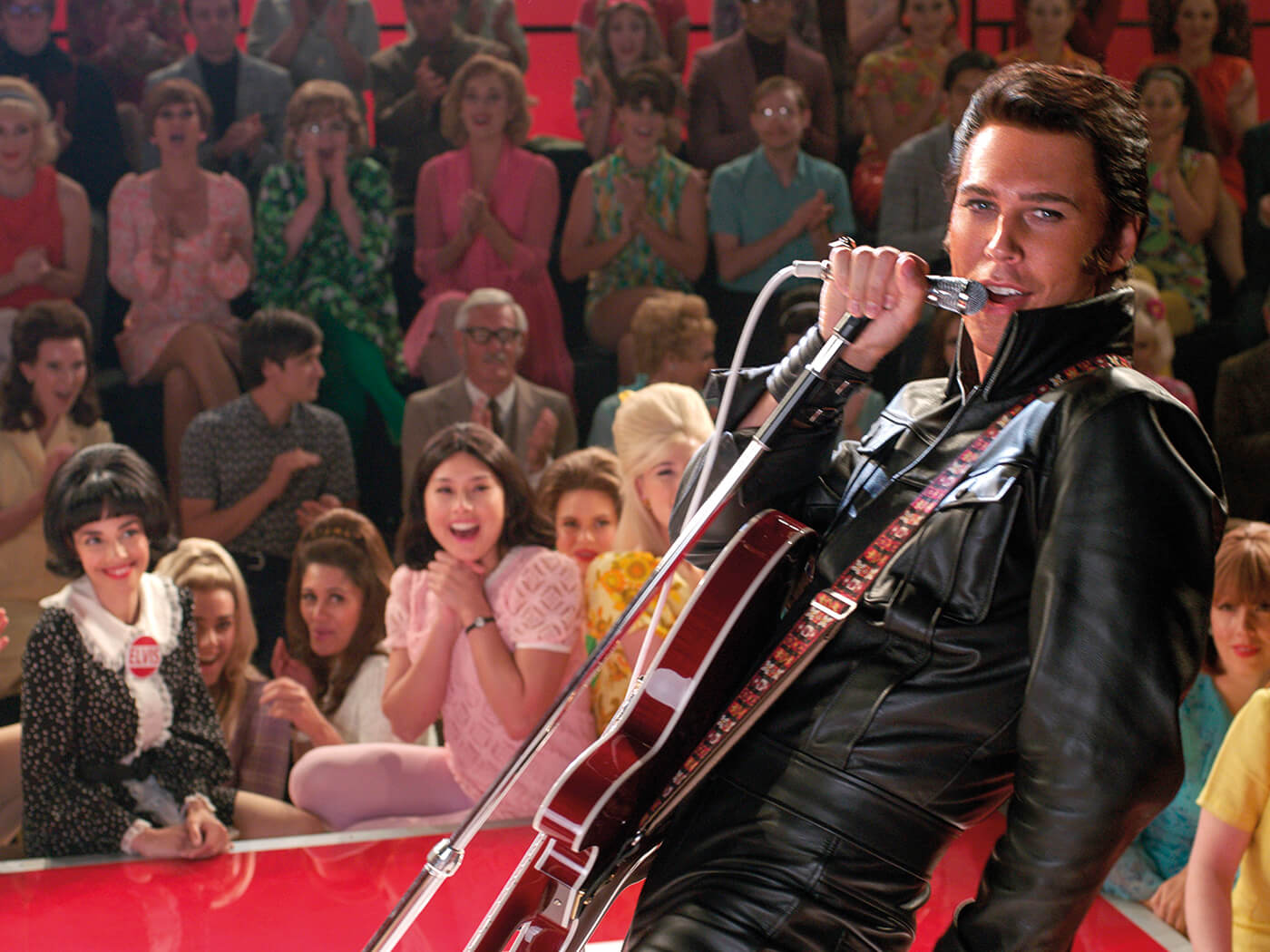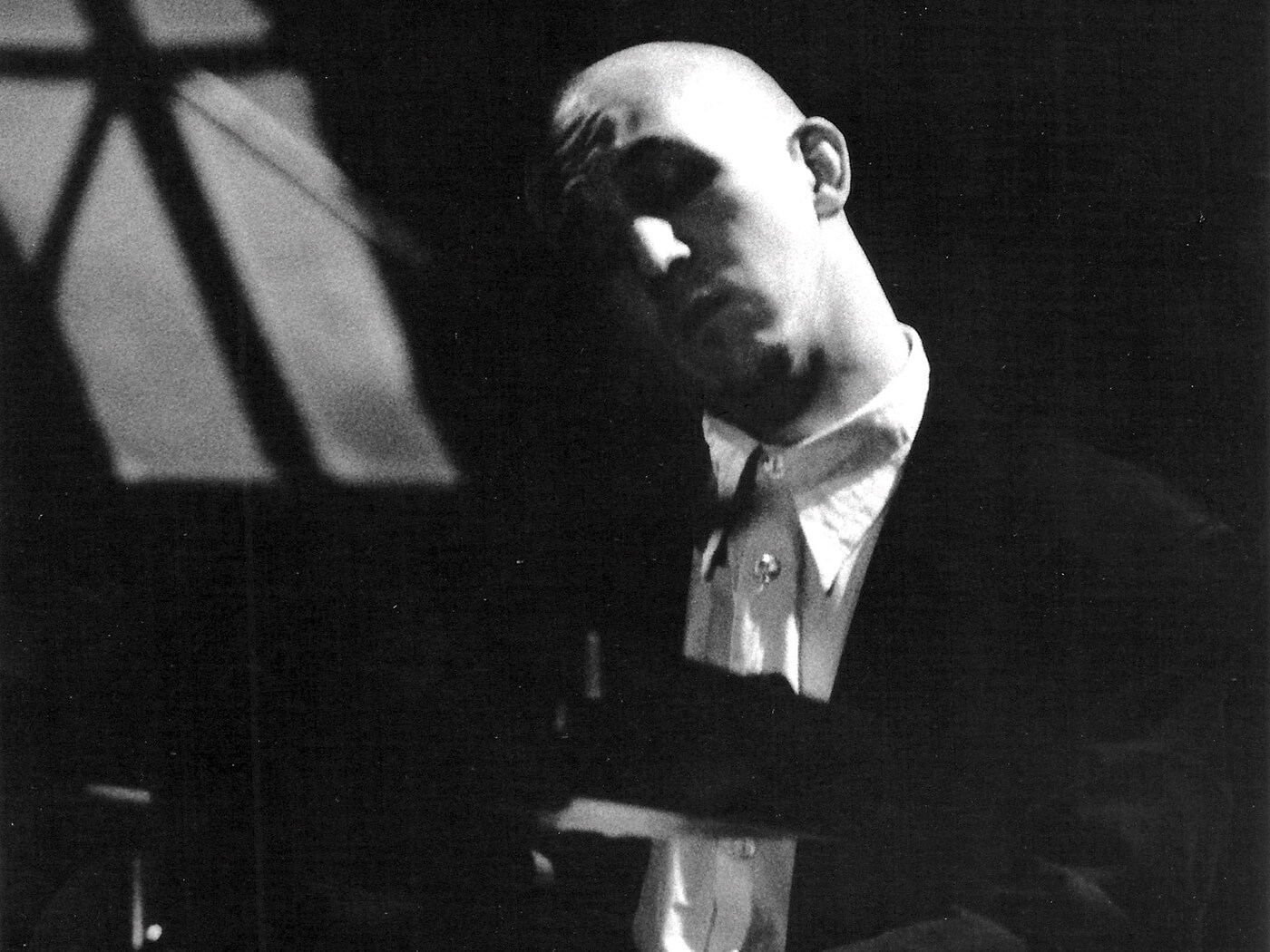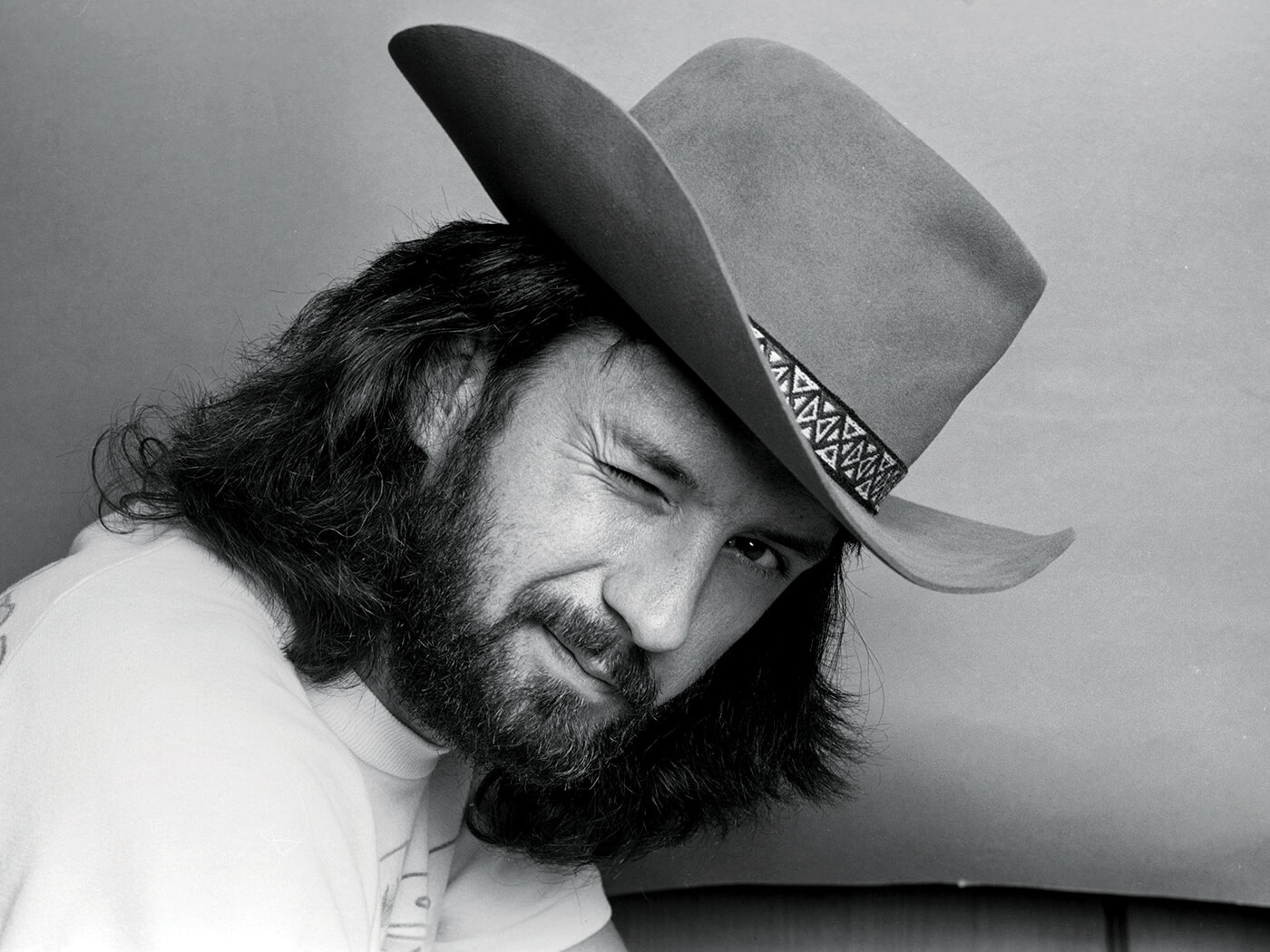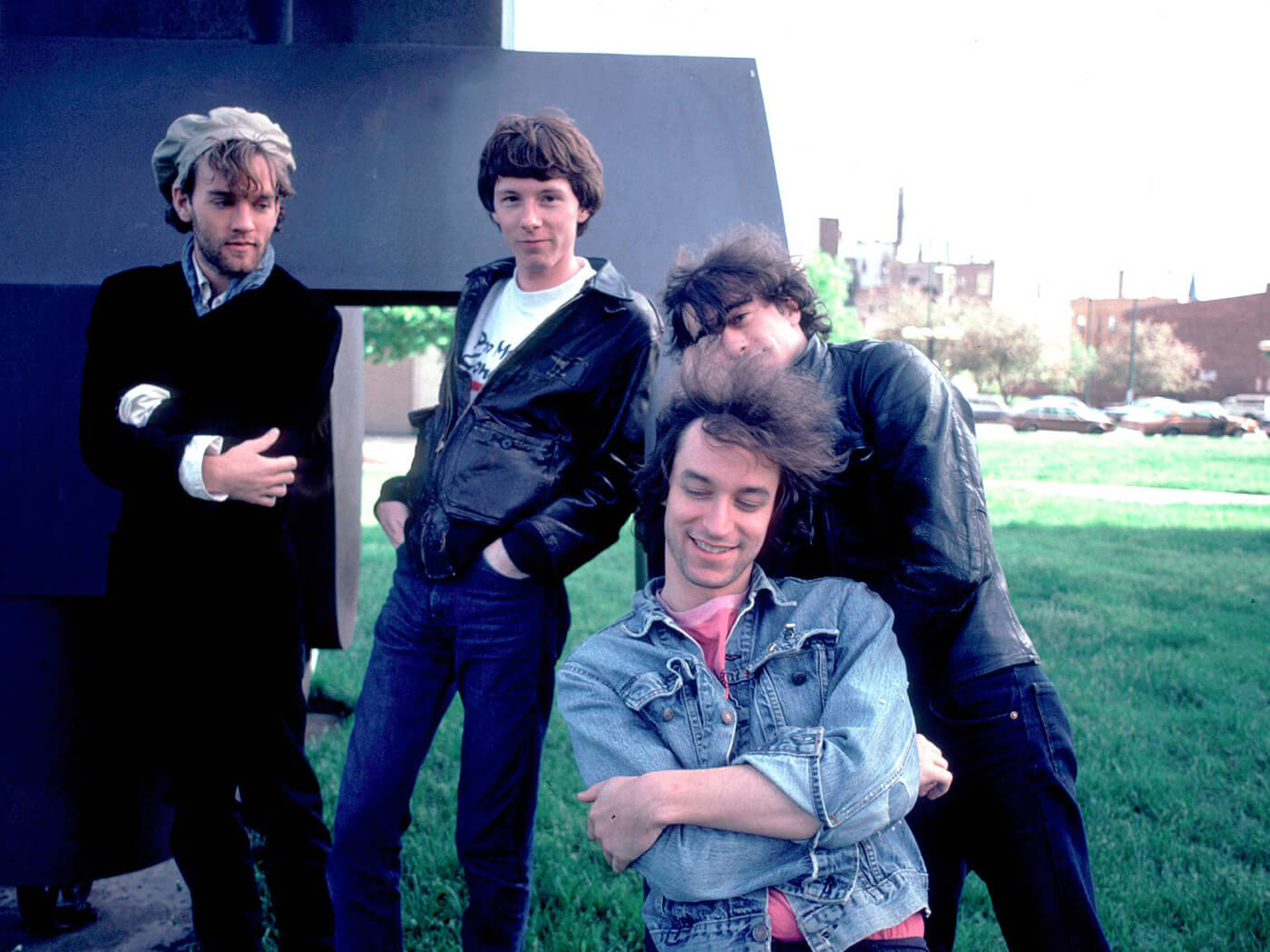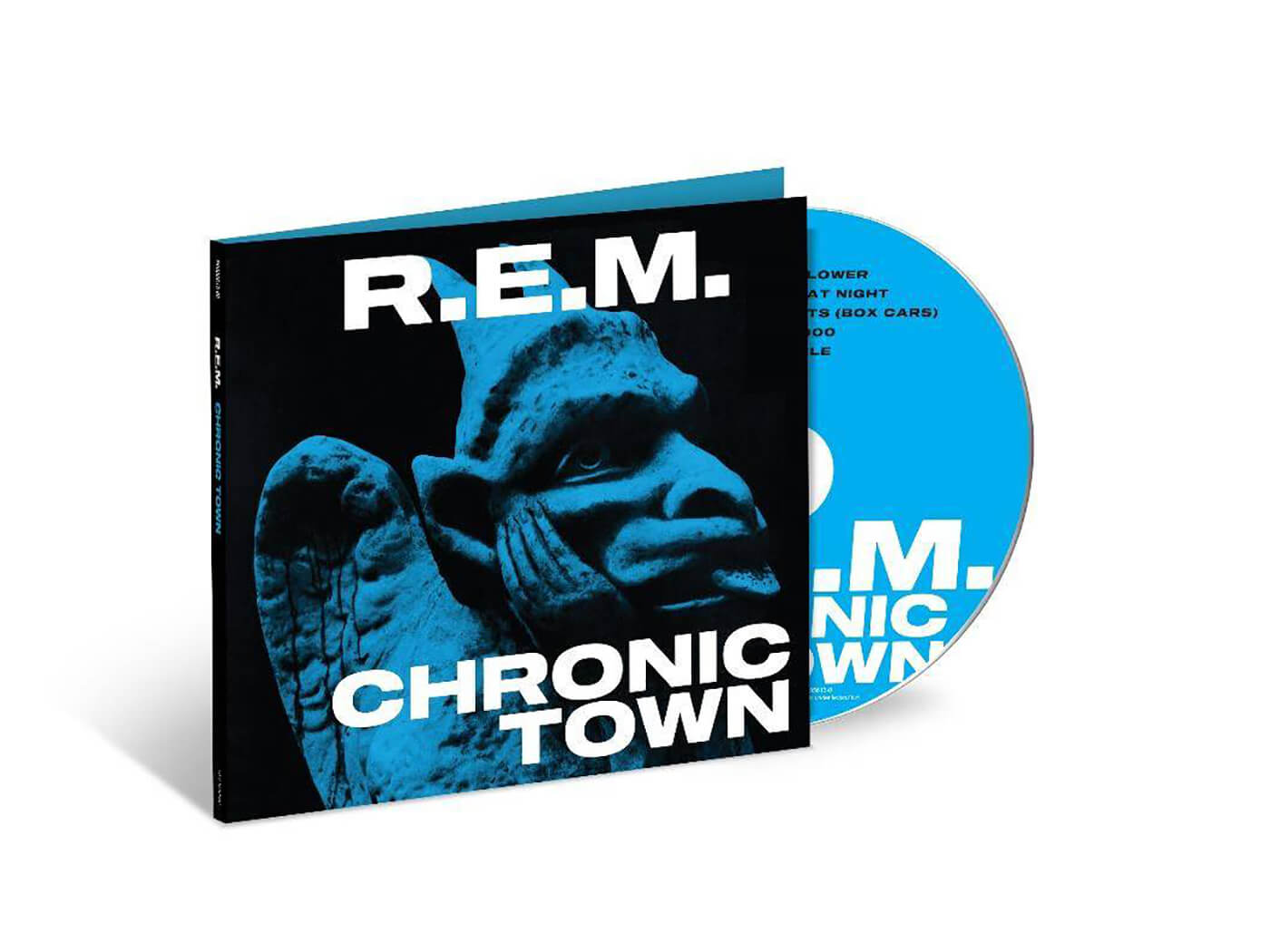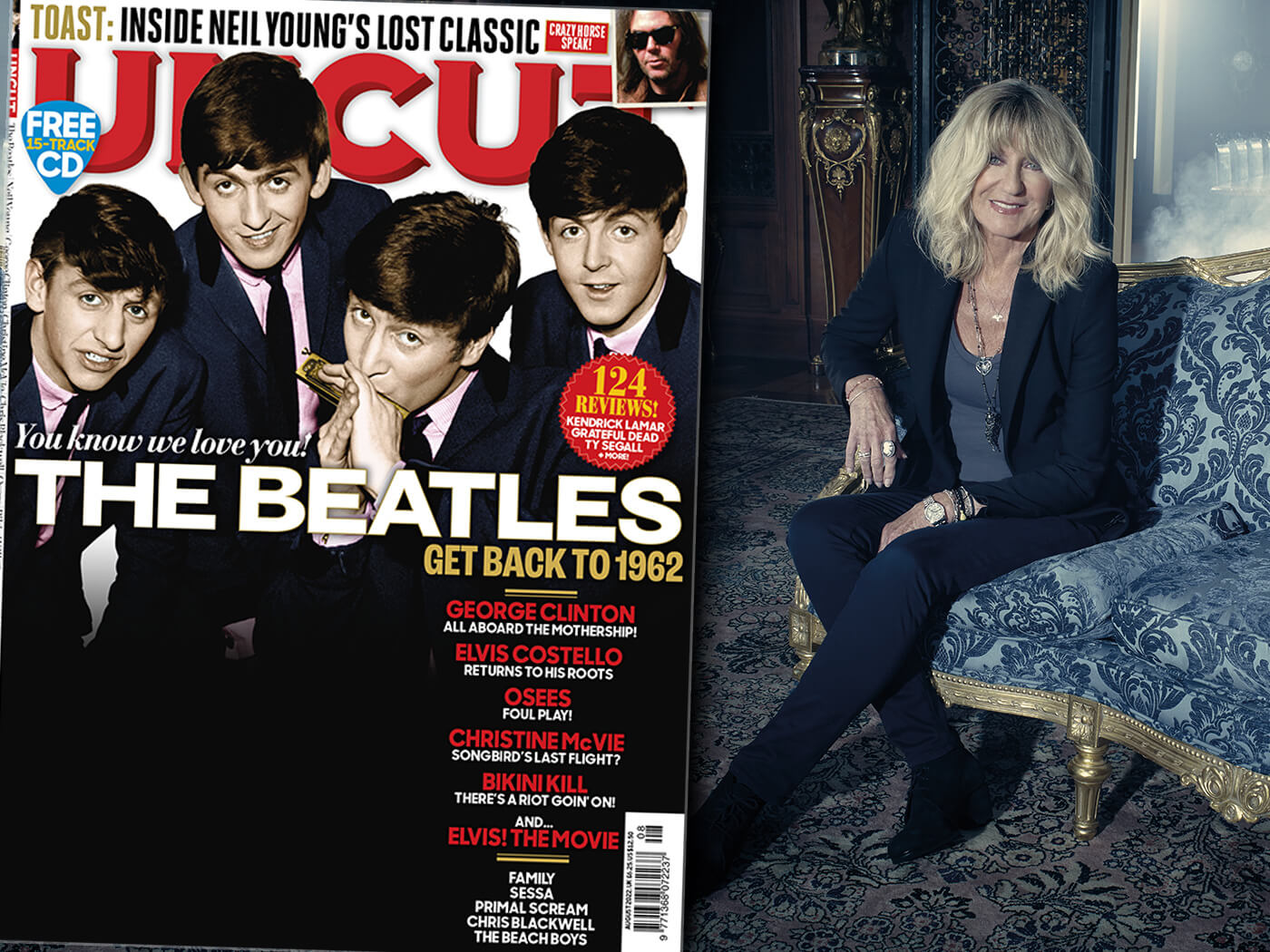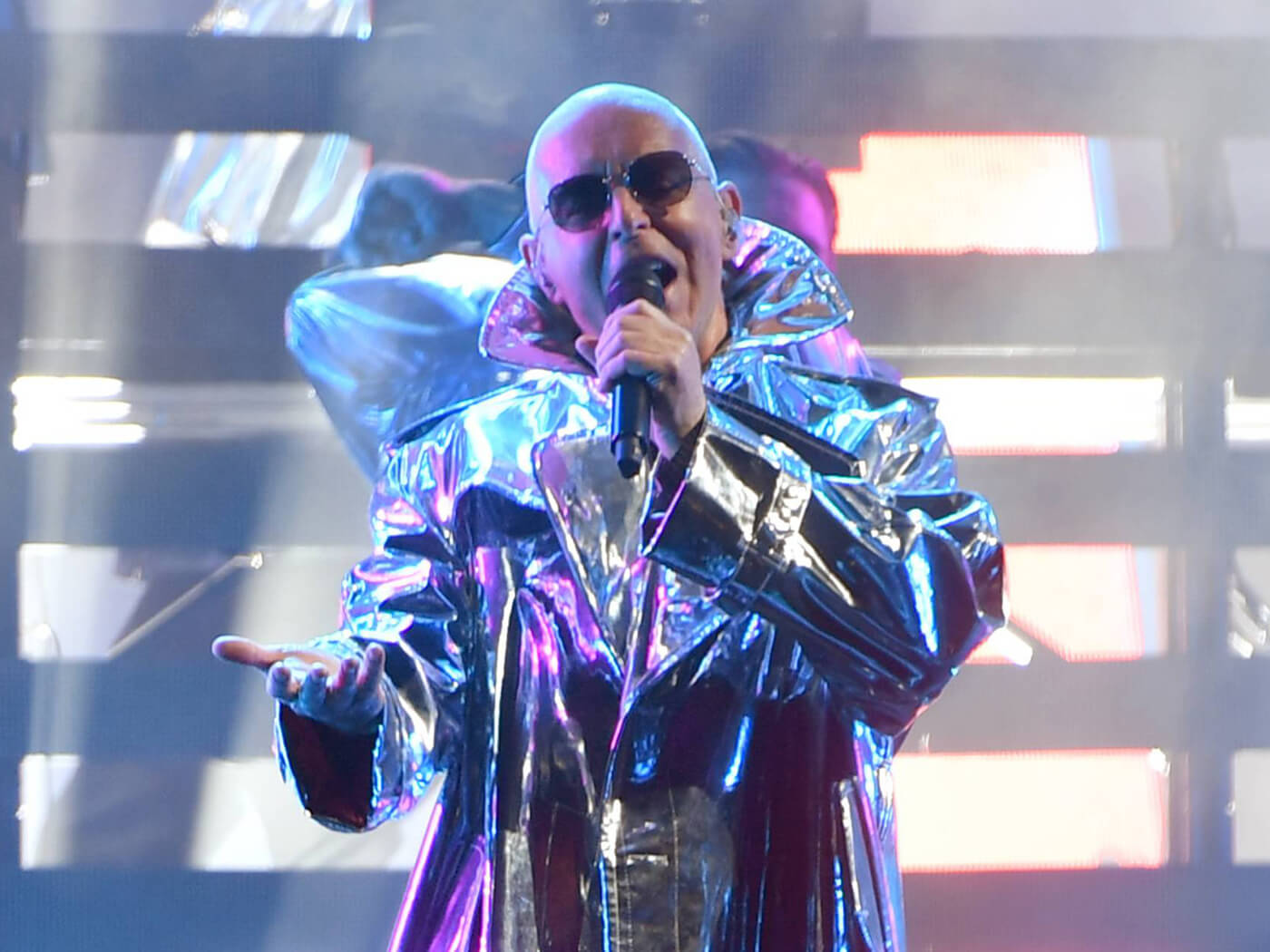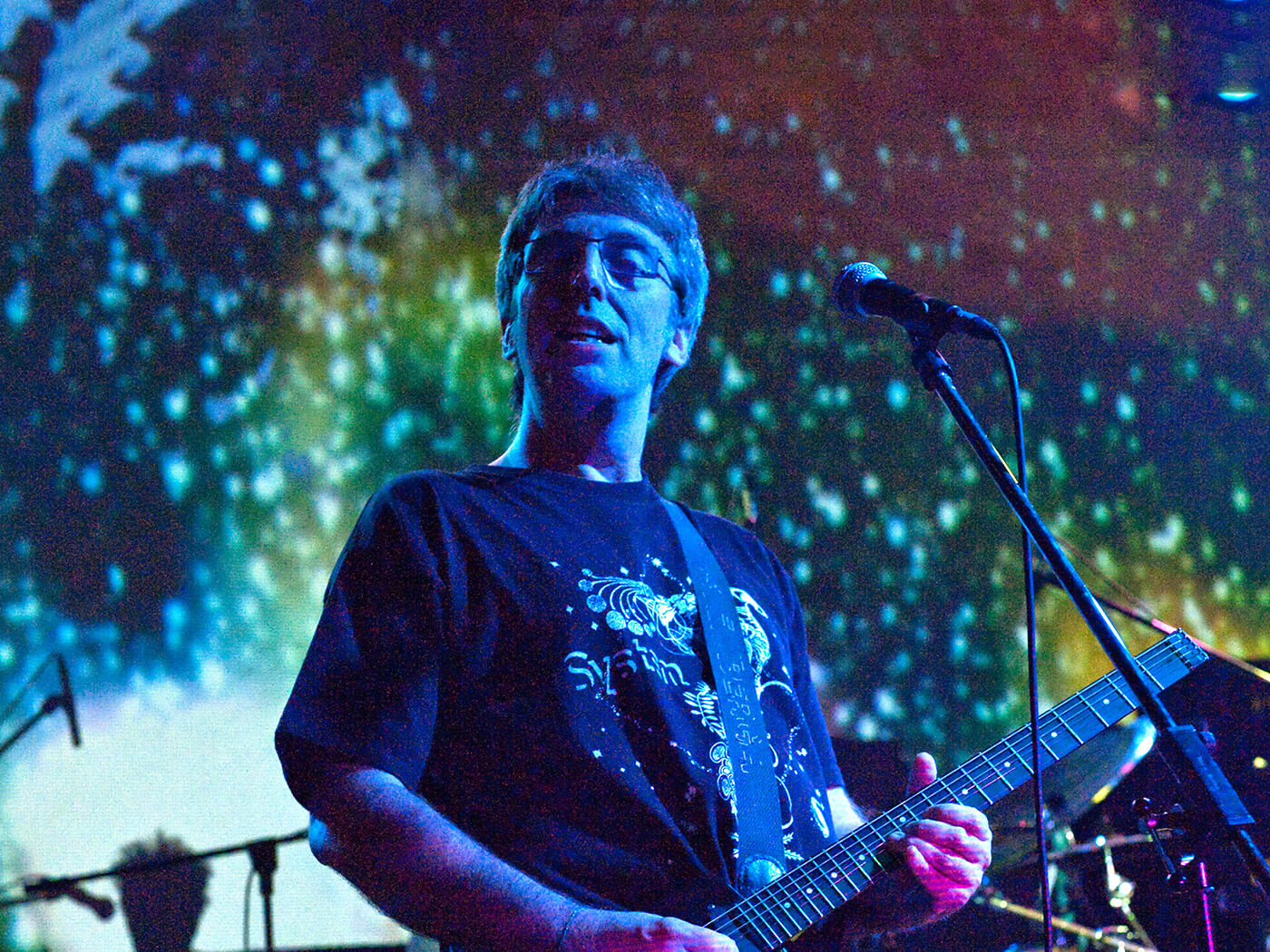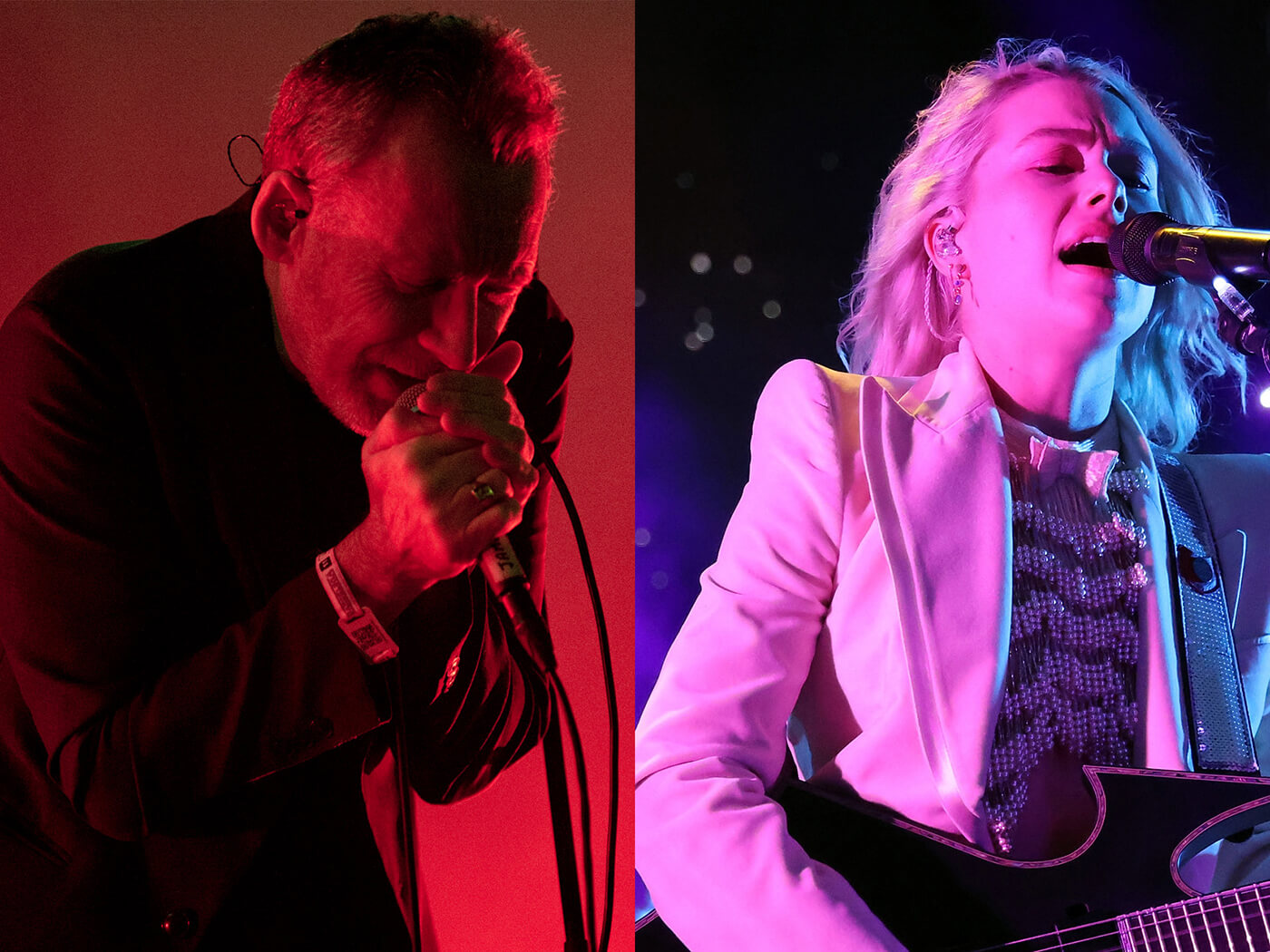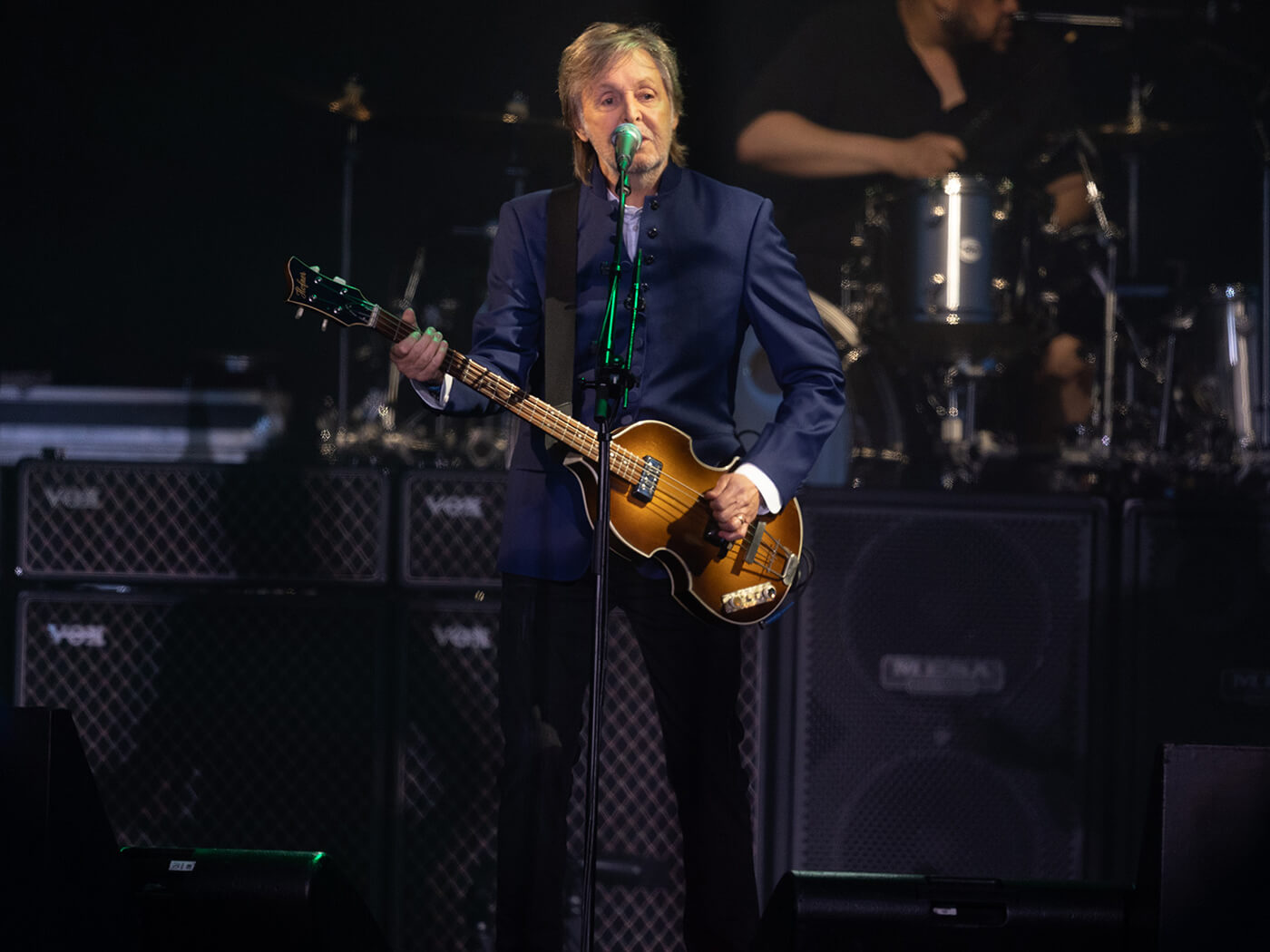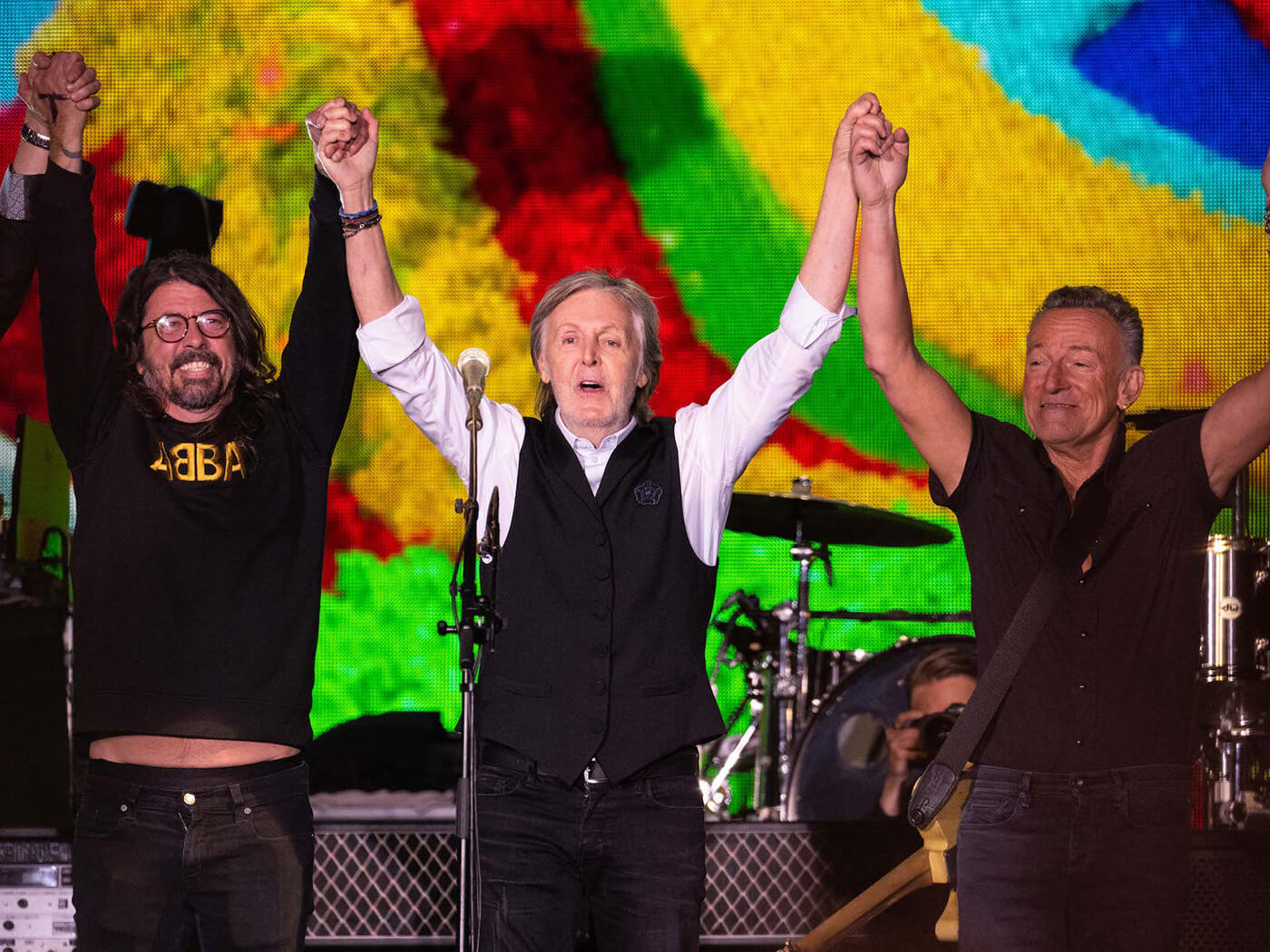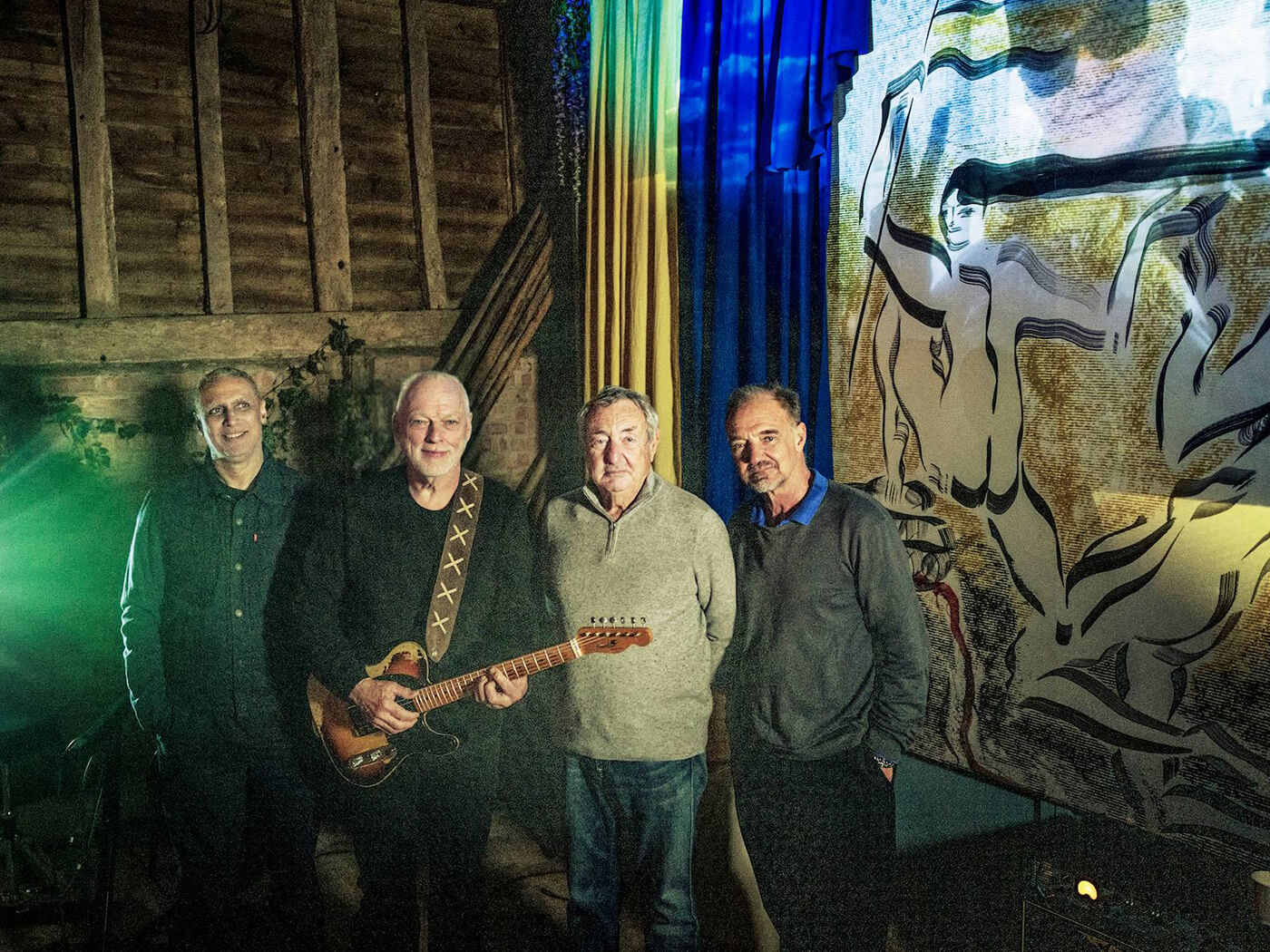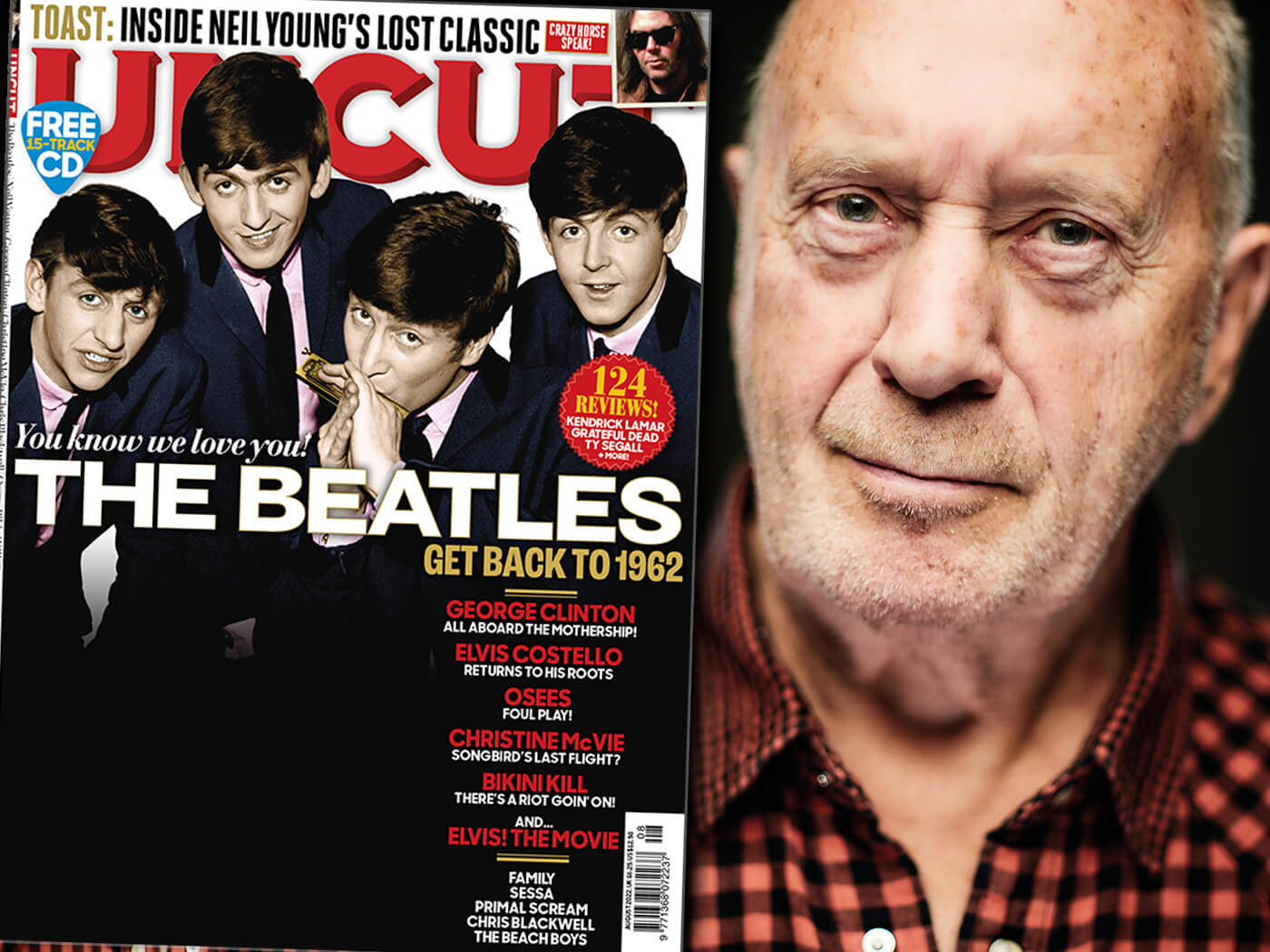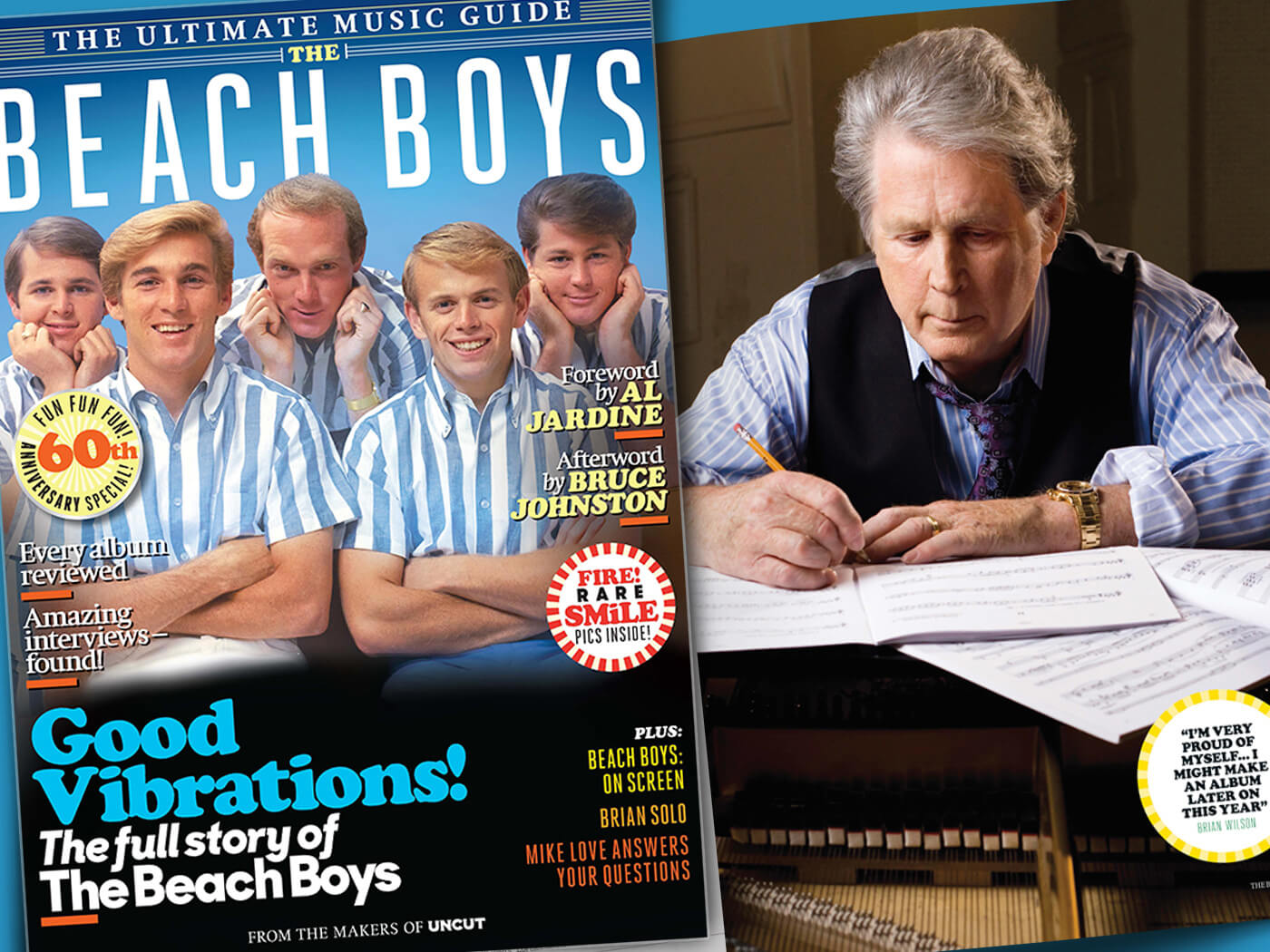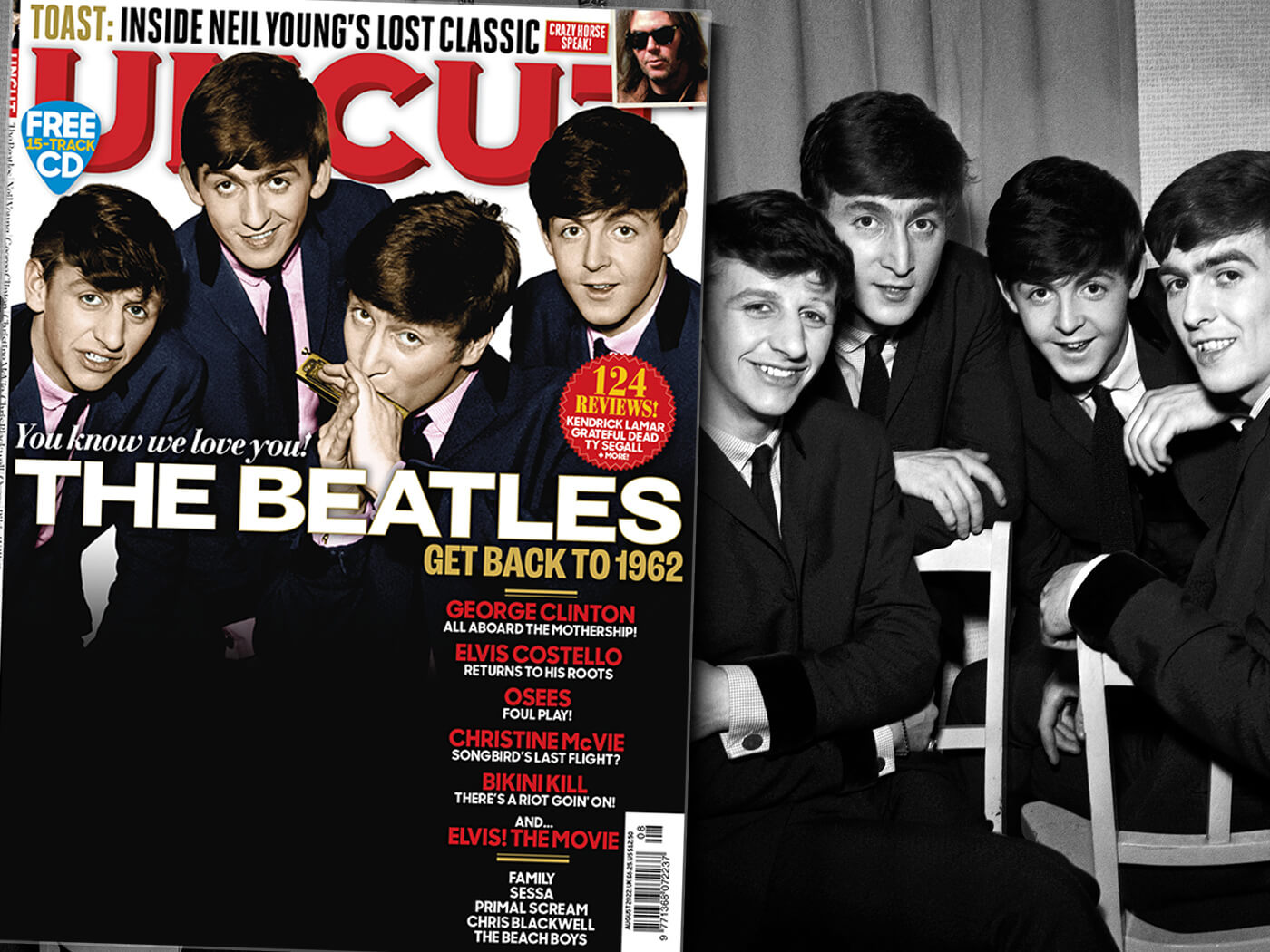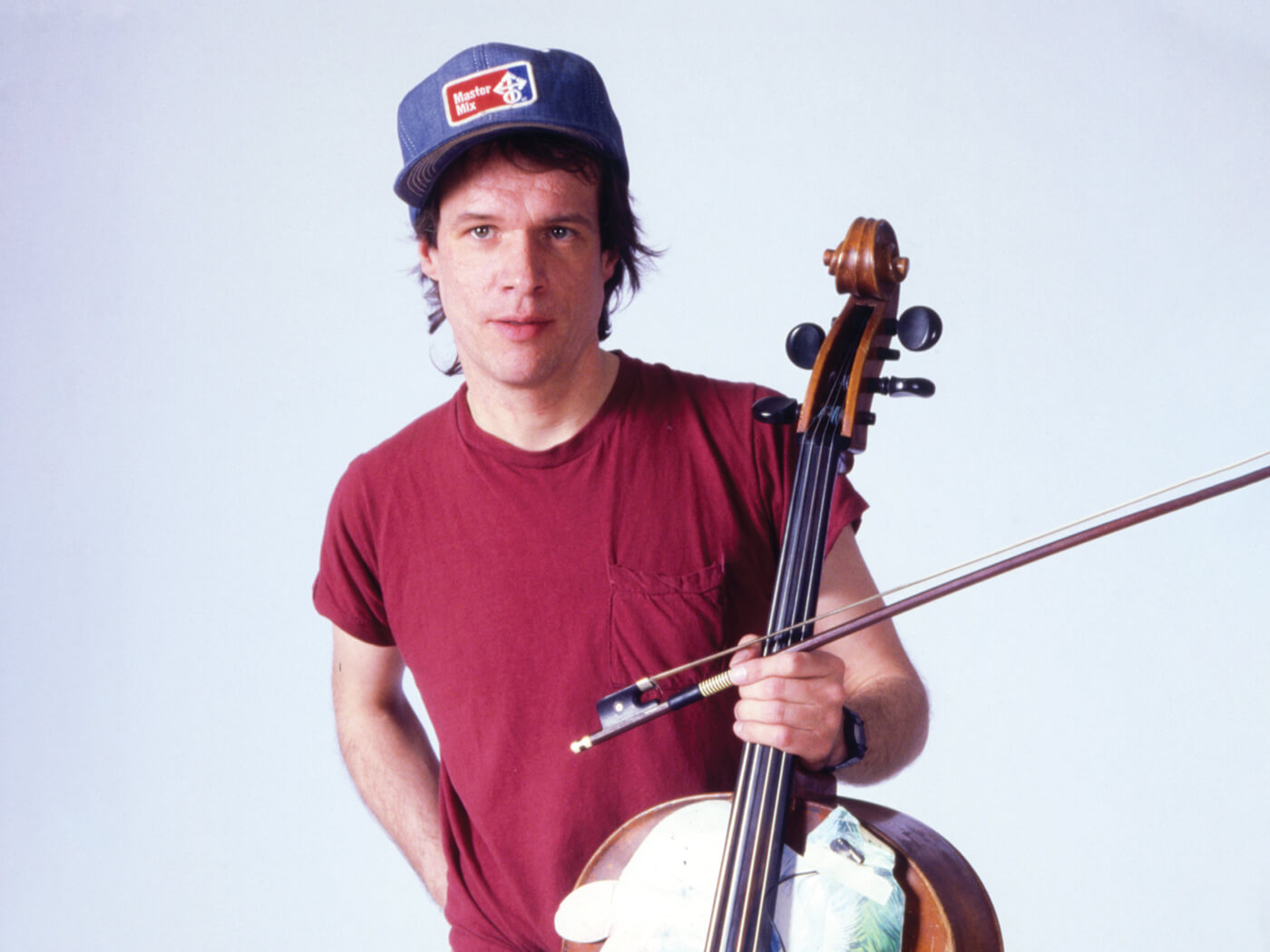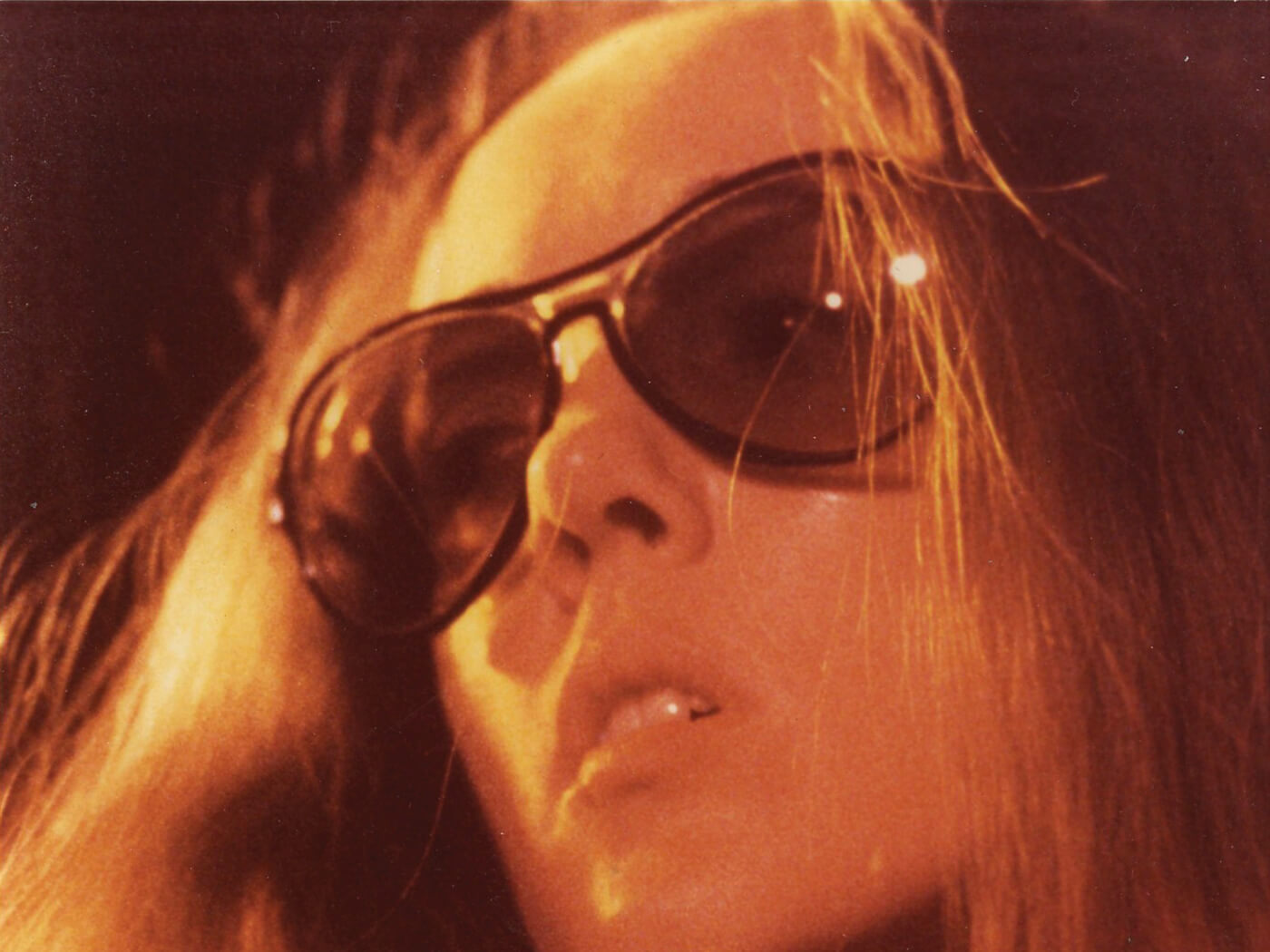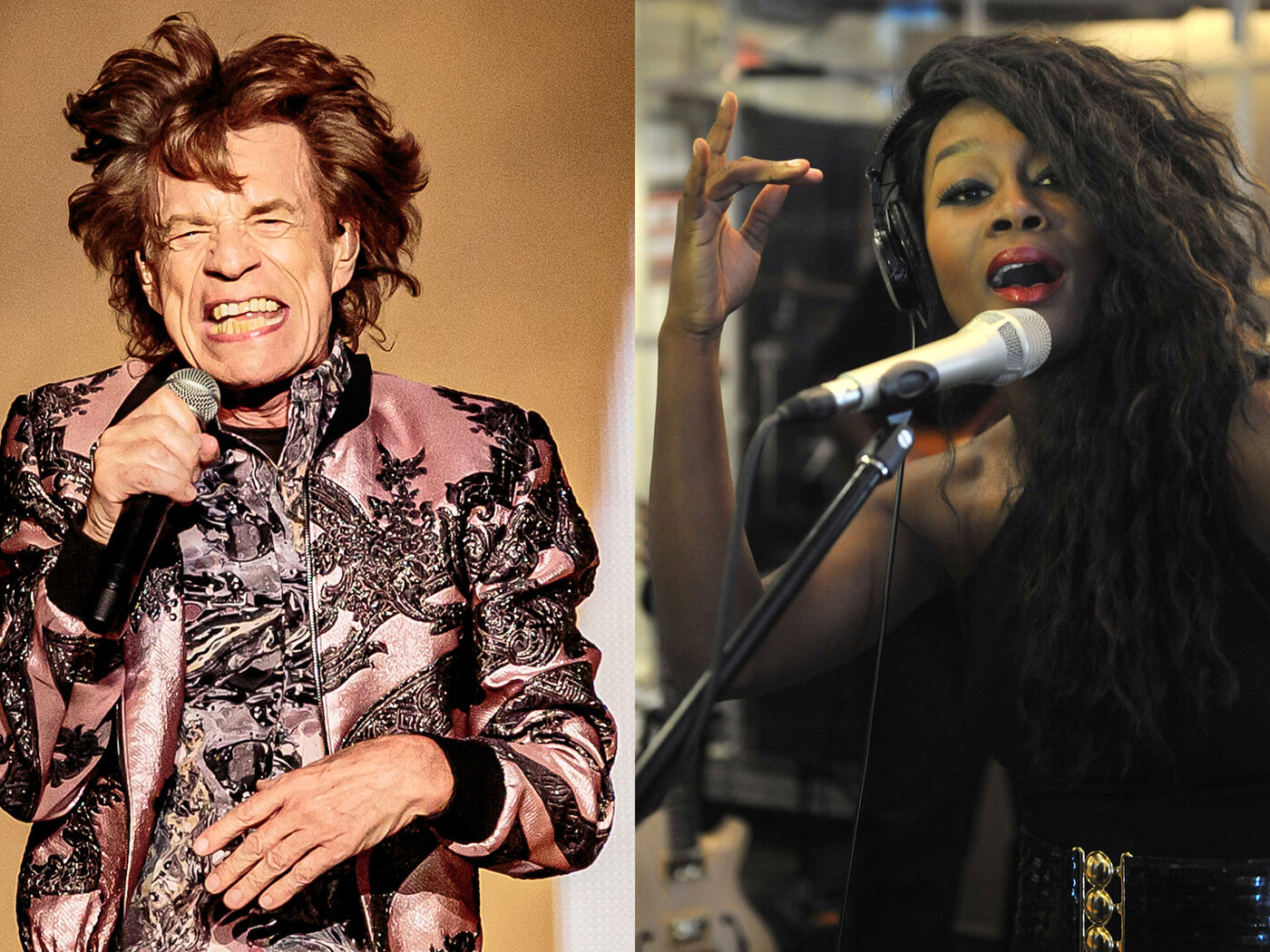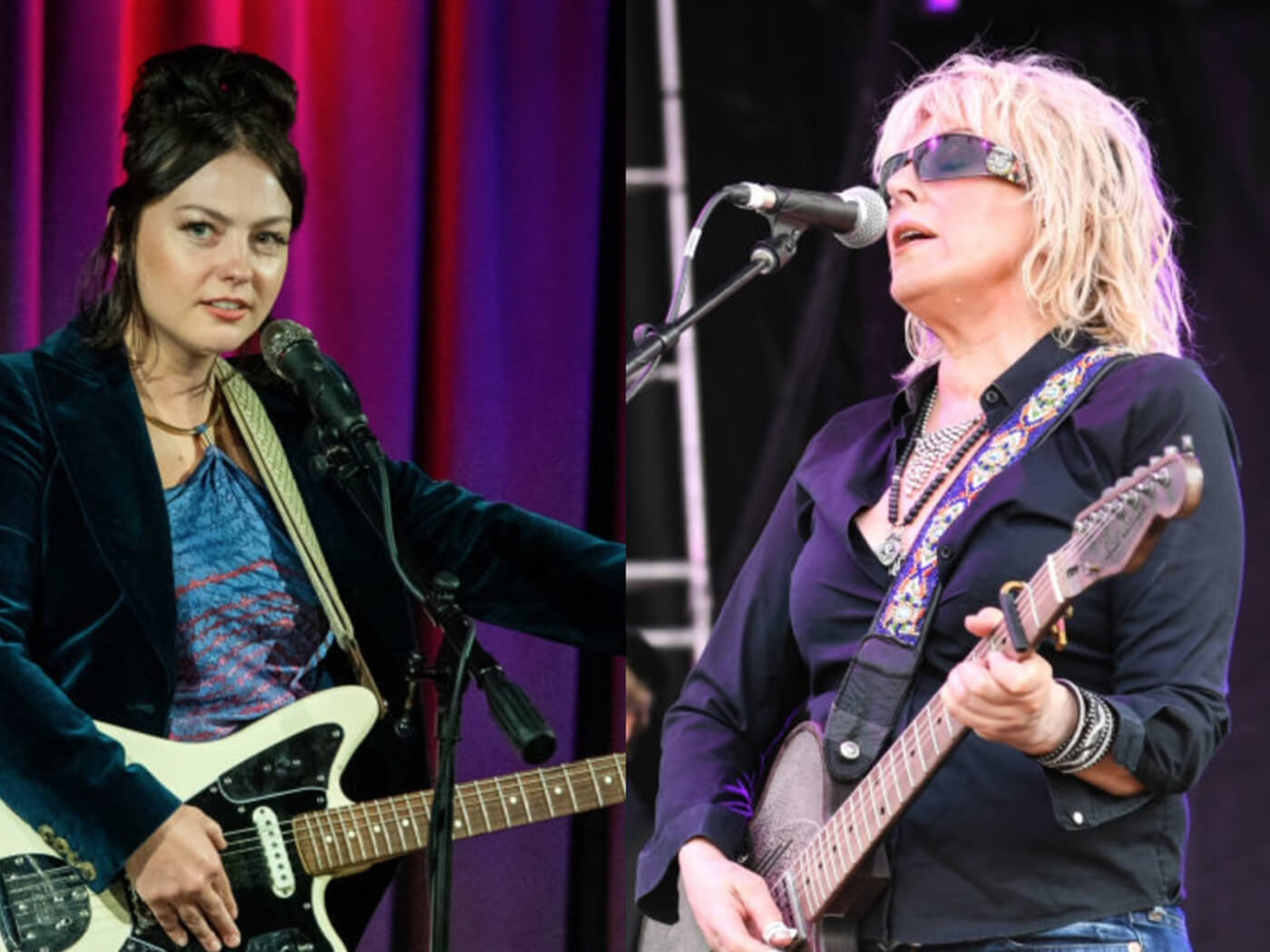Uncut’s Deluxe Ultimate Music Guide to The Beach Boys is out now – purchase a copy by clicking here
“Good Vibrations” (Smiley Smile, 1967)
Brian’s ultimate, intricately compiled teenage symphony to God
Mike Love: “I wrote the words, I came up with ‘I’m picking up good vibrations, she’s giving me the excitations’. I wrote the words on the way to the studio, I handed them to Brian, he handed them to Carl and Carl did an amazing job singing it. It’s probably the most avant garde song of its time from our point of view. I was just trying to write lyrics that would resonate with the times and the mentality of what was going on at that period of the ‘60s. There was peace and love and flower power and all kinds of anti-war sentiments and immigration issues, but from my point of view I wrote about a girl who was all about peace and love, that’s how I approached the writing of it. There’s a lot of love and positivity in that record. I consider that to be one of the greatest.”
“Tears In The Morning” (Sunflower, 1970)
Stirring heartbreaker courtesy of Bruce
Bruce Johnston: “I had a girlfriend that broke up with me, so I let my mind run away with itself. It’s a waltz, like “Disney Girls…”. Mike calls me the Waltz King. It was never supposed to be a single, the only country it was a hit in was Holland.”
“California Girls” (Summer Days (And Summer Nights!!), 1965)
Harmonic hymn to west coast ladies
Mike Love: “I wrote every syllable of “California Girls”. Brian was in the studio with The Wrecking Crew, some of the greatest musicians in LA, and I stepped out in the hallway and wrote the words as the track was being recorded by the musicians. That was a good one, a very spontaneous one.”
“Help Me, Rhonda” (Summer Days (And Summer Nights!!), 1965)
Rebound pop a-go-go
Mike Love: “It was influenced by some of the vernacular that I experienced in high school – some people would say ‘I’m gonna do you in’. Well, ‘since she put me down I’ve been out doing in my head’. Meaning perhaps you were drinking too much, I don’t know.”
“Susie Cincinnati” (Sunflower, 1970)
Cheery driving tune about a cab driver in Ohio
Al Jardine: ““Susie Cincinnati” is kind of a jab at The Beatles, a “Drive My Car” kind of thing, I enjoyed that. There wasn’t so much a rivalry with The Beatles, more of an appreciation. With Brian it might have been competition but myself, I enjoyed their work a lot. It pushed Brian into working harder. Rubber Soul was his inspiration to get serious.”
“Disney Girls (1957)” (Surf’s Up, 1971)
Time-jumping elegance, on being “rediscovered”
Bruce Johnston: “I’d been writing this song I thought it was kinda sad but I was having the greatest life, I was surfing, I stayed away from drugs and alcohol, I’d come home and just go surfing and write songs and I realised as we slip into 1970-ish, when we were re-discovered, that we were hip and cool again because of playing Carnegie Hall. We came back and suddenly the Beach Boys were so hip and cool that people in high school, all those precocious New York guys and girls decided ‘hey, we’ll go and see The Beach Boys, and we’ll show them we can smoke weed, how cool!’ I thought to myself as I watched it, how not cool. I thought I should keep the song that I started but make it a happy song like Back To The Future, so I wrote about what it was like for me at their age, 15, 16, 17. I time travelled back in that song.”
“Don’t Go Near The Water” (Surf’s Up, 1971)
Surfer heroes ominously advise against swimming, on ecological grounds
Al Jardine: “We were written up in Time magazine, which is a big deal here in the States, for our lyrics on that particular song because at that time they were having trouble with phosphates, not good for the water. After that they removed phosphates from a lot of detergents, so I guess we had some impact.”
“All That Is That” (Carl And The Passions, 1972)
Dreamy, poetic meditation on gliding into “the pool of peace inside”
Al Jardine: “It’s a song based on transcendental meditation, which is one of my favourites. It’s also inspired by a Robert Frost poem called A Road Not Taken. Mike suggested we write a song about TM, so I kinda combined the two ideas together. It came out pretty well, and we also remixed and reorganised it for an album coming out later this year, a box set that has a lot of material from that period – ’72, ’73, ’71. I think you’ll get a kick out of it – it shows the evolution of writing the song… TM really helped me open up a little bit. I’m not a real lyrical person so it gave me some ideas for a deeper sense of songwriting and a lyrical direction.”
“California Saga” (Holland, 1973)
Broad-reaching tour of the sunshine state and all its mythologies
Al Jardine: “That’s a biopic of central California. It’s recollective of all the scenery, it’s more like a little travelogue. Most of our music is centred around Southern California, girls and cars, I was inspired by the journey that we took, that I did when I left LA, decided to get out of the city and get some country air, y’know? It’s descriptive and charming and Mike wrote a song called “Big Sur” which I linked all those things together for an album called Holland. I put that together with some really deep poetry, the poetic link between the two songs, I linked it together into a trilogy called ‘The California Saga’.”
“Kokomo” (Still Cruisin’, 1988)
A conga through the tropics
Mike Love: “We were asked to do a song for a movie, Cocktail, Tom Cruise was in that movie, and that song was number one for eight weeks in Australia. That’s a long time to be number one. They asked us to do the song because in the movie Tom Cruise was going from New York to Jamaica and so we just wrote the song and the director of the film heard it and said ‘this is the biggest hit that you’ve had since “Good Vibrations”’. We had no frame of reference on it, we were just writing by assignment to the movie. The song is written by John Phillips, who came up with the melody of the verse, I modified the first verse just a tiny bit, the second verse and a little bit of a half verse at the end. Terry Melcher, the producer, he did that “I wanna take you down to Kokomo” part that Carl sang, but I sang the lead. It was a true collaboration. It was really nice to see one of your efforts go to number one so many years after you started.”
Uncut’s Deluxe Ultimate Music Guide to The Beach Boys is out now – purchase a copy by clicking here


